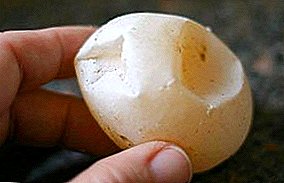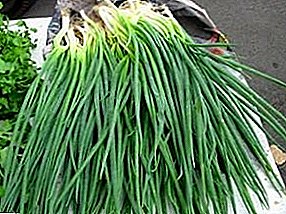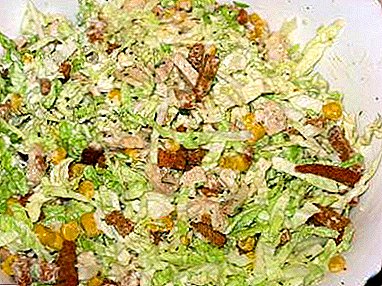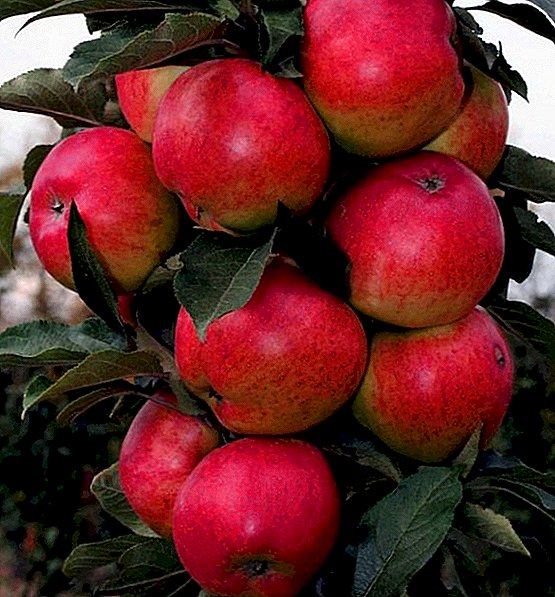
Quality poultry eggshell is one of the main indicators of commodity production. Low grade shells cause significant losses to the supplier.
That is why it is very important to understand the factors that affect the poor quality of the shell in poultry. Let's get this problem together.
The egg shell plays an important role in the process of forming the future chick.
First of all, it protects the embryo from the negative influence of the environment, does not allow the contents of the eggs to flow out, the nestling uses part of the shell during its development (this is why a skeleton is formed in the nestlings).
Why is the egg shell soft?
Insufficient egg shell formation is associated with metabolic disorders and, above all, malfunctions in mineral nutrition, as well as vitamin D deficiency.
In poultry, a lack of vitamin D can be noticed after two weeks after it is no longer enough for the body. The first sign of the disease is an increase in the number of eggs with a soft shell, as well as eggs without a shell.
Infectious bronchitis can also lead to a disorder in egg shell formation. This disease occurs in domestic chickens, quails, pigeons.
 If we talk about infectious bronchitis, then this disease was first described in 1931 in North America.
If we talk about infectious bronchitis, then this disease was first described in 1931 in North America.
The disease is widespread in: Japan, England, Argentina, Canada, France, Holland, Italy, Denmark, Switzerland.
Infectious bronchitis was first registered in 1946 in the former Soviet Union.
The consequence of this disease is a decrease in poultry egg production. If the young are ill, then a violation of egg shell formation will be observed. The incubation period of the disease lasts from three to ten days.
Pathogens
 In addition to the lack of minerals, a disease such as infectious bronchitis.
In addition to the lack of minerals, a disease such as infectious bronchitis.
The causative agent of this disease is a micro virus. Scientists have discovered about thirty varieties of this virus. The virus propagates in poultry embryos and amniotic membranes.
The source of the disease are recovered chickens, sick chickens. An infected bird secretes a virus within three months with mucous discharge from the respiratory tract, droppings, and eggs. Ultimately, the virus infects the liver, kidneys, ureters.
The area near the house is being disinfected. Quarantine is removed after two months after the last case of the disease.
Symptoms and course
 Some representatives of poultry may experience temporary loss of ability to move, softening of the tissues of the beak, claws, keel, and disturbances in gait.
Some representatives of poultry may experience temporary loss of ability to move, softening of the tissues of the beak, claws, keel, and disturbances in gait.
This disease affects, first of all, young females from the age of fourteen days. They can break an egg in a very thin shell or without a shell at all.in a thin pouch.
The disease can manifest itself after the demolition of several eggs, when the reserves of calcium in the body of the bird are exhausted. Over time, the disease can lead to catarrh of the stomach. The sternum is deformed, it becomes soft, the ribs turn inside out.
Diagnostics
 Patients individuals may experience the following manifestations of the disease:
Patients individuals may experience the following manifestations of the disease:
- Leg growth impairment,
- Mobility (bird constantly lies),
- Diarrhea, digestive problems,
- A limp, staggering gait,
- Exhaustion, lack of appetite,
- Swelling of joints, slow growth.
Treatment
 Treatment consists of replenishing calcium and phosphorus in the body of a bird. In the feed of the sick individual, you can add fish.
Treatment consists of replenishing calcium and phosphorus in the body of a bird. In the feed of the sick individual, you can add fish.
Calculation of proportions: add twelve grams of fish per day for one quail to the grain mixture; you can add no more than two grams per chicken to the full diet of chickens.
Good for the treatment of the disease is suitable and fish fat. It is recommended to mix it with the main feed. Fish oil is better to preheat. The course of treatment is ten drops for twenty days. Same:
- In no case, do not water the poultry with boiled water.
- Make sure that the hens have a quality litter.
Prevention
 In order to prevent about a month before the start of the breeding season should be insured by certain actions.
In order to prevent about a month before the start of the breeding season should be insured by certain actions.
You can put on the floor of the room where the birds are kept, dishes with slaked lime, chalk, coquina. Birds will peck them as needed.
Very well, as a therapeutic and prophylactic agent, acts as fish oil. It contains vitamin D and its derivatives. In order to prevent fish oil can be irrigated poultry feed.
Add mineral premix to feed - it also gives good results. Since predominantly young females are prone to this disease, one should not seek early egg laying from them. For the purposes of prevention, make sure that your bird has high-quality feed.
Observance of the light regime for chickens is very important. The fact is that eighty percent of the hardening of the shell occurs in the dark. But the accumulation of calcium occurs immediately after feeding the birds, in daylight. Therefore, the quality of the shell is affected by adherence to feeding and light mode (turn on the light in the middle of the night) for chickens.
Walk poultry more often. It is very important for poultry to be in the fresh air, to sunbathe. Herbal flour, yeast, green grass, fish oil can be used as feed.
So, to avoid soft egg shells, use the following guidelines.:
- Poultry nutrition must be balanced.
- Two to three months before laying, add nutrients to the feed.
- Fresh air and sunbathing will contribute to the production of vitamin D.
- Take measures to prevent infectious bronchitis.
- No need to seek early laying of young females.
- Observe the light and poultry mode.
- Poultry should have a fresh, high-quality bedding.
Follow the listed recommendations - and as a result your bird will always be healthy.
 Dutch white-cooled breed of chickens has an amazing appearance! Their "cap" on the head is simply amazing.
Dutch white-cooled breed of chickens has an amazing appearance! Their "cap" on the head is simply amazing.If you need to know why cannibalism occurs in chickens, read this article.












